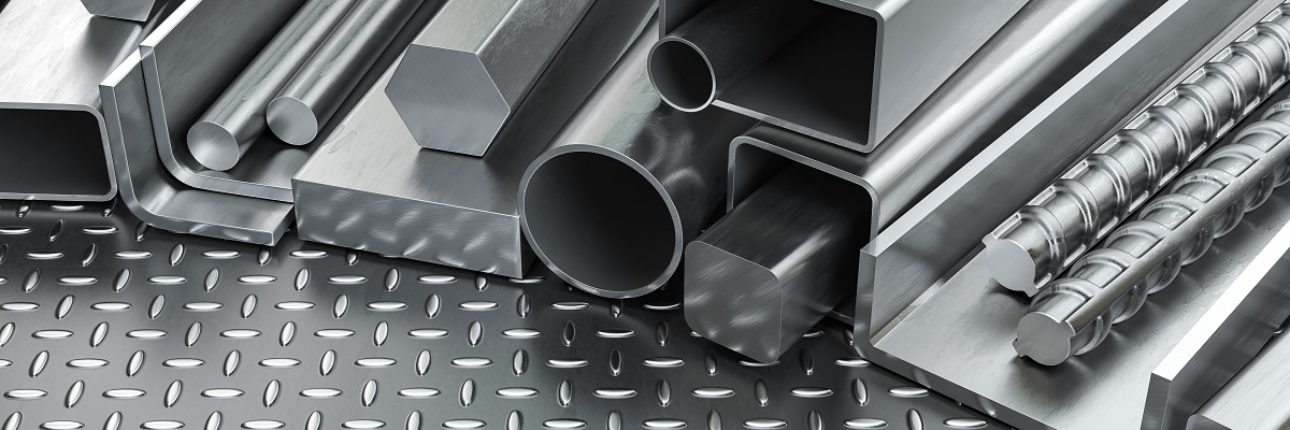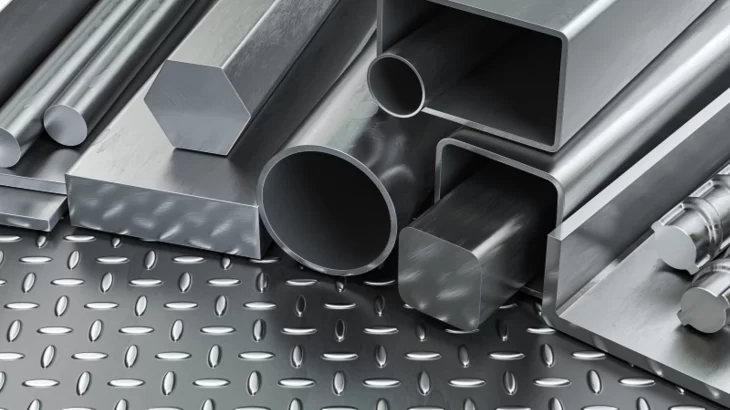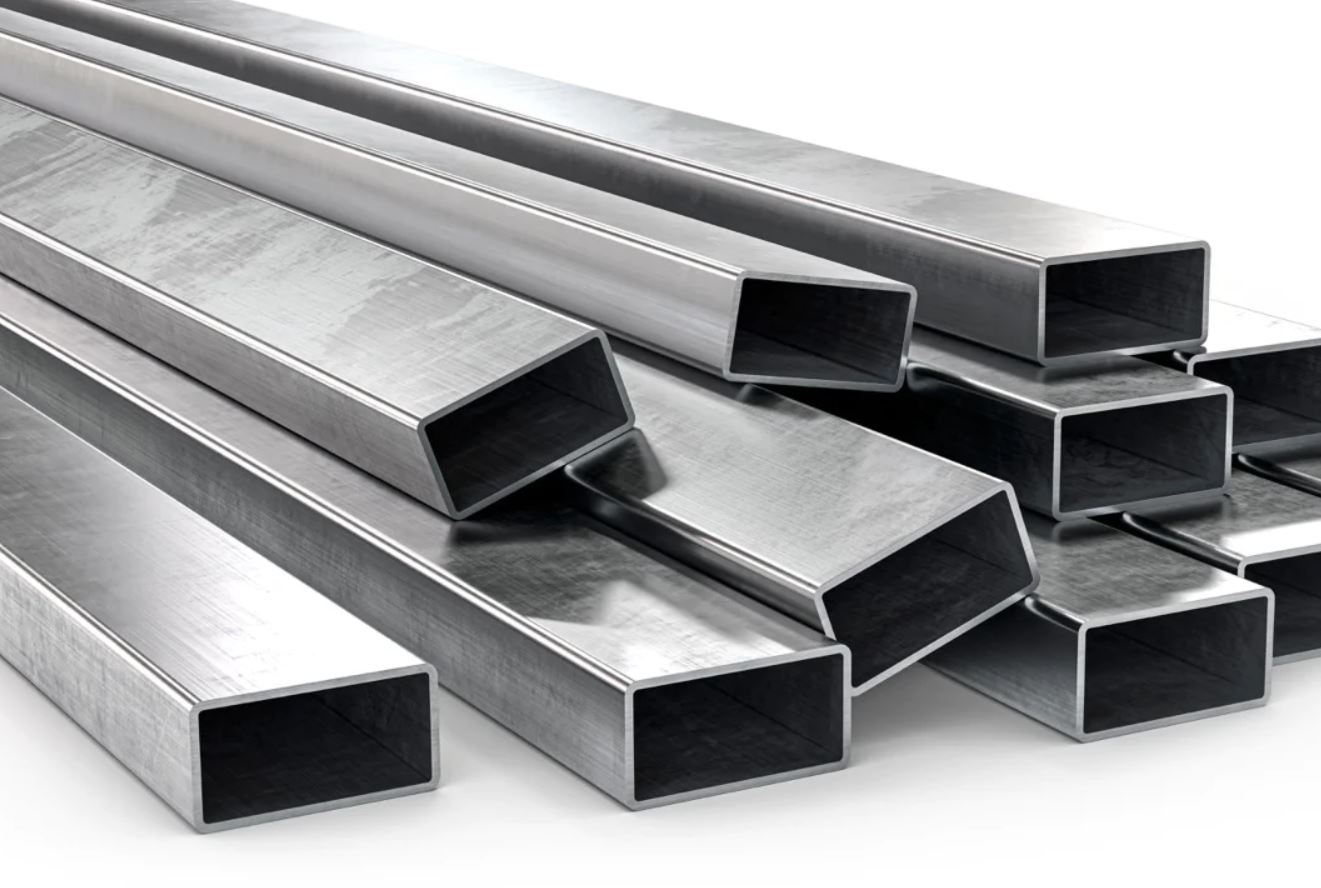
W Section 101: Everything you need to know
Structural Steel – A comprehensive guide to Parallel Flange Beams, W Sections, Steel Angles, Steel Channels, and Crane Rails
Structural steel is a versatile and durable material that has been used in construction for over a century. It is a type of steel that is specifically designed to provide a high strength-to-weight ratio, making it an ideal choice for building large structures like bridges, buildings, and towers. Structural steel is also widely used in the manufacturing industry for a variety of products like parallel flange beams, W sections, steel angles, steel channels, and crane rails. In this blog post, we will explore each of these products in more detail and discuss their unique characteristics and applications.
Parallel Flange Beams
Parallel flange beams, also known as I-beams, are one of the most common types of structural steel products. They are named after their shape, which resembles the capital letter “I”. Parallel flange beams are designed to provide structural support in a variety of applications, including building frames, bridges, and other large structures. They are characterized by their long, straight, and narrow shape, which allows them to support heavy loads over long distances.
Parallel flange beams are available in a range of sizes and weights to suit different applications. They are manufactured in standard lengths of 6, 9, 12, 15, and 18 meters, although custom lengths can also be produced. Parallel flange beams are made from high-quality steel that is strong, durable, and resistant to corrosion, making them a reliable and cost-effective solution for many construction projects.
W Sections
W sections, also known as wide flange beams, are similar to parallel flange beams but have a wider flange and a more tapered web. This design allows W sections to support heavier loads than parallel flange beams and makes them an ideal choice for large-span structures like bridges and stadiums. W sections are also commonly used in industrial buildings, high-rise structures, and other applications where high load capacity is required.
W sections are available in a range of sizes and weights, and like parallel flange beams, they are manufactured from high-quality steel that is strong, durable, and corrosion resistant. W sections are often used in combination with other structural steel products like steel angles and channels to create complex structural systems that can support large and complex loads.
Steel Angles
Steel angles are another popular type of structural steel product that is used in a variety of applications. They are characterized by their L-shaped profile, which consists of two legs that are perpendicular to each other. Steel angles are commonly used as structural support elements in buildings, bridges, and other structures, and they can also be used to reinforce concrete structures.
Steel angles are available in a range of sizes and thicknesses to suit different applications. They can be manufactured from a variety of materials, including mild steel, stainless steel, and galvanized steel. Steel angles are also available in unequal leg lengths, which can be useful for applications where one leg of the angle needs to be longer than the other.
Steel Channels
Steel channels are similar to steel angles but have a different profile. They are characterized by their U-shaped profile, which consists of a web that connects two parallel flanges. Steel channels are commonly used as structural support elements in buildings, bridges, and other structures, and they can also be used as lintels to support openings like doors and windows.
Steel channels are available in a range of sizes and thicknesses to suit different applications. They can be manufactured from a variety of materials, including mild steel, stainless steel, and galvanized steel. Steel channels are also available in a range of shapes, including C channels and Z channels, which have different profiles that can be useful for different applications.
Crane Rails
Crane rails are a specialized type of structural steel product that is designed to support overhead cranes. They are characterized by their high load capacity, durability, and resistance to wear. Crane rails are used in a variety of applications, including manufacturing facilities, ports, and construction sites. They are typically installed on a concrete foundation and are designed to provide a smooth and stable surface for the crane to move along. Crane rails are available in a range of sizes and weights to suit different applications, and they are manufactured from high-quality steel that is strong, durable, and resistant to corrosion.






Leave a Reply
You must be logged in to post a comment.